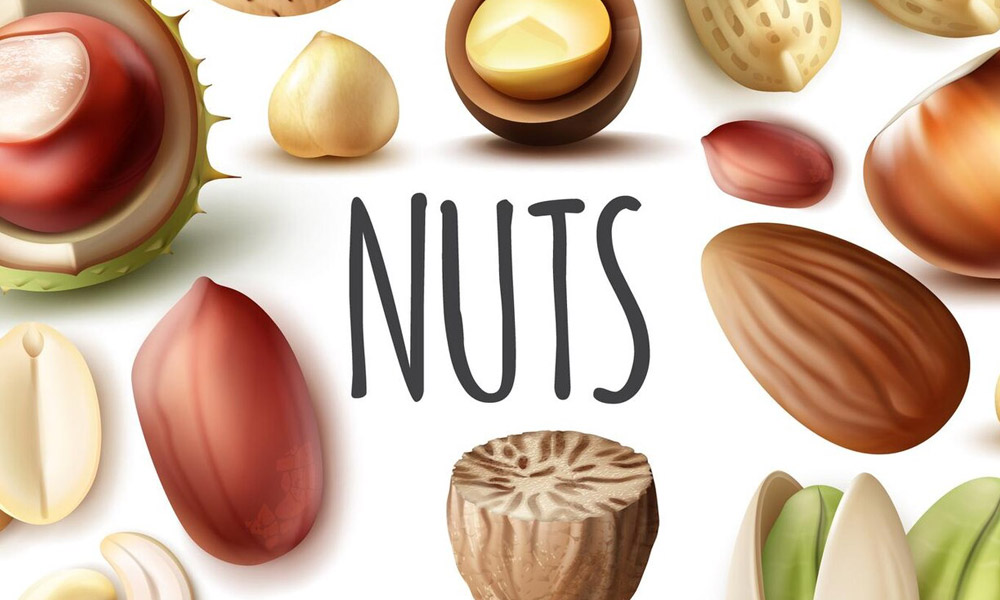I get lots of emails from people asking about nuts and how they stopped eating them after getting a kidney stone. You don’t have to take nuts and seeds out of your diet. Let’s talk about it.
Enjoying Nuts Without Worrying About Kidney Stones – Yes, You Can!
If you’ve had kidney stones, you might feel like you have to give up all your favorite foods—including nuts. But the truth is, you can still enjoy nuts as part of a healthy diet while preventing kidney stones. The key is knowing which nuts are safer and how to include them in moderation.
Understanding Oxalates in Nuts
Some nuts are high in oxalates, which can contribute to kidney stone formation. When oxalates bind with calcium in your urine, they can form crystals; over time, they can grow into stones. Cashews and almonds, for example, are among the highest in oxalates, so it’s best to avoid them if you’re prone to stones.
But that doesn’t mean all nuts are off-limits! You can still enjoy lower-oxalate nuts like peanuts, walnuts, pecans, macadamia, and pistachios. Check out this article to see how much oxalate is in your favorite nut.
These nuts provide a great source of healthy fats, protein, and nutrients without the high oxalate load. The trick is to keep portions small—about a handful (1 ounce) daily. That way, you get the benefits of nuts without overloading on oxalates. Many get kidney stones because they eat handfuls of higher oxalate nuts without meeting daily calcium needs.
If you can’t control your nut portions (let’s be honest; it’s hard to stick to one handful of nuts), avoid them altogether. I use them in my baking only. I would have a more challenging time controlling these crunchy comestibles, so I only use them if added to my recipes. Your kitchen, your rules!
Calcium: Your Kidney Stone (and Bone) Ally
Here’s another important point: getting enough calcium daily is crucial to lowering your kidney stone risk, especially if you eat foods containing oxalates like nuts. Calcium binds with oxalates in the gut, preventing them from being absorbed into your bloodstream and eventually excreted in urine, where they can contribute to stone formation.
Aim for the recommended daily calcium intake, whether through dairy products like milk, yogurt, and lower-sodium cheese, or calcium-fortified foods like plant milk and orange juice.
Putting It All Together
You can still enjoy nuts while lowering your risk of kidney stones by choosing nuts with lower oxalate content, watching your portion sizes, and ensuring you meet your daily calcium requirements. Remember, it’s all about balance—nutrient-rich foods like nuts can be part of a kidney-friendly diet when eaten mindfully. Portion, not perfection, applies here!
So go ahead, savor that small handful of pistachios or peanuts! Just be sure to pair them with a calcium-rich food or beverage.
Your friend and advocate,
Jill
P.S. Most of you can safely eat 100/ox/day, which is who this article was written for. Some of you who have had bariatric surgery or who have had bowel surgery (that has left you with malabsorption issues) may have been told to keep your oxalates to 50/day. If this is you, nuts will be harder to keep in your diet. If you have questions about this, please talk to your doctor.














Leave a Reply